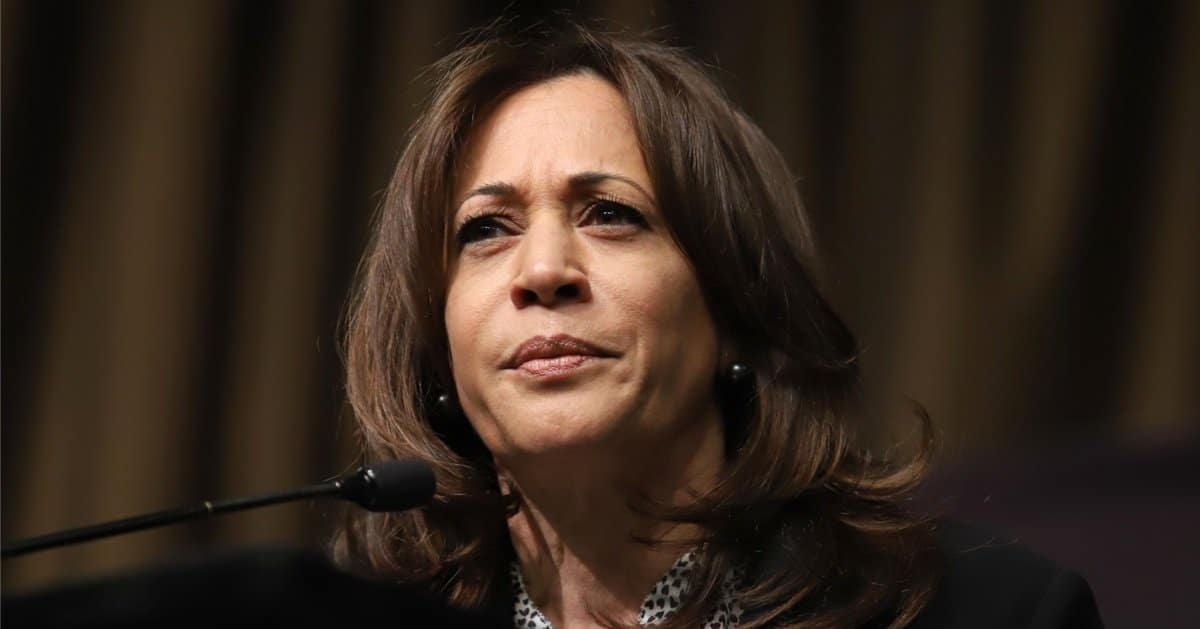



The Biden administration has announced another wave of student debt cancellation, targeting public service workers for relief.
Axios reported that in the latest move to alleviate the student debt burden, over 60,000 employees in the public sector will see $4.5 billion wiped from their student loans under the Public Service Loan Forgiveness (PSLF) program.
This announcement was made Thursday by the White House, marking a continuation of the administration's efforts to aid those saddled with student loan debt.
As part of the PSLF program, public sector employees can apply for loan forgiveness after making a decade of payments on their federal student loans. This initiative signifies a substantial step in fulfilling the program's promises.
Since President Joe Biden and Vice President Kamala Harris assumed office, more than 1 million public service workers have benefited from debt forgiveness through the PSLF program.
Before their tenure, the number of forgiven loans under the program was a mere 7,000. The recent action enhances the broader aim of providing financial relief to those devoted to public service.
President Biden remarked on the previous shortcomings of the program, noting that the government had not met its commitments, resulting in minimal loan forgiveness. "We vowed to fix that," he emphasized, reflecting the administration's dedication to resolving these issues.
The administration's cumulative loan forgiveness efforts through the PSLF program now total over $175 billion, showcasing an expansive approach to addressing student debt.
Despite these advancements, achieving broader student debt relief remains a challenging endeavor.
The administration's previous attempt at a more comprehensive cancellation plan faced legal setbacks. Notably, the Supreme Court blocked one such proposal, posing significant obstacles to fully realizing debt relief reform.
Moreover, the administration's new relief approach continues to face scrutiny, with legal challenges emerging against the revised strategies. This adds a layer of complexity to ongoing efforts to tackle over $1 trillion in outstanding student loans across the nation.
In July, an appeals court halted the implementation of the administration’s revised plan, known as the SAVE plan. This setback highlights the legal hurdles and ongoing debate surrounding federal student loan forgiveness strategies.
The continuous examination of different methods to address mounting student loan debt underscores the administration's commitment to find viable solutions. In the wake of judicial hurdles, exploring alternate paths has become a central focus for those advocating for relief.
Efforts to alleviate student debt burdens are part of a broader conversation about educational accessibility and financial equity.
These discussions reflect the administration’s vision for the role of education in a fair and just society.
The current relief for public service workers is a tangible expression of the administration's dedication to easing the financial challenges faced by those in public roles. Yet, the hurdles encountered reflect the complexity inherent in navigating the interplay of policy, law, and public expectation.
Public service employees who benefit from this recent forgiveness will likely find significant financial reprieve, allowing them to focus on their careers without the looming shadow of debt. This is particularly pertinent for those at the front lines of public service, a sector vital to maintaining essential functions across communities.
Continued efforts in this domain will determine the ultimate success of the administration's education and debt policies.
Observers will closely monitor how legal developments unfold and their implications for future relief initiatives.
The significance of these policies extends beyond mere financial relief; they signal a commitment to investing in public service personnel and acknowledging their contributions to society's well-being. The outcome of these measures will have lasting implications on the landscape of student debt forgiveness and public service recognition.



